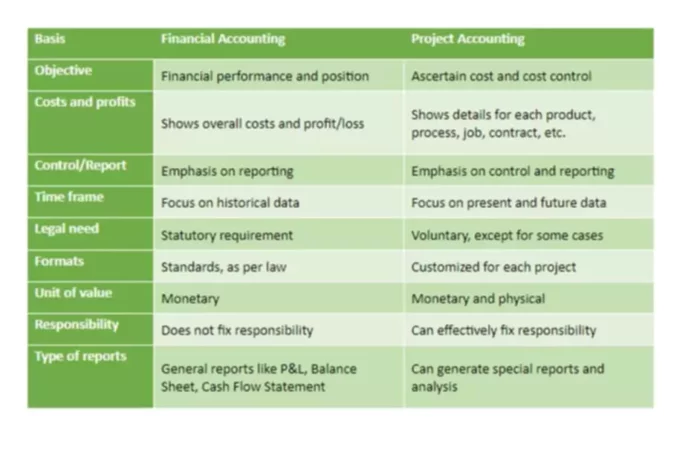
At a basic level, bad debts happen because customers cannot or will not agree to pay an outstanding invoice. It can also occur if there’s a dispute over the delivery of your product or service. Alternatively, a bad debt expense can be estimated by taking a percentage of net sales, based on the company’s historical experience with bad debt. Companies regularly make changes to the allowance for credit losses entry, so that they correspond with the current statistical modeling allowances. Not only does it parse out which invoices are collectible and uncollectible, but it also helps you generate accurate financial statements.
When money your customers owe you becomes uncollectible like this, we call that bad debt (or a doubtful debt). When a business offers goods and services on credit, there’s always a risk of customers failing to pay their bills. The term bad debt refers to these outstanding bills that the business considers to be non-collectible after making multiple attempts at collection.
How to directly write off your accounts receivable
This allowance can accumulate across accounting periods and may be adjusted based on the balance in the account. When a business makes sales on credit, even customers with the best credit record and financial standing can go bankrupt and fail to pay the bills they owe. To better match the credit risk to the period in which revenue was earned, generally accepted accounting principles allow a company to estimate and record bad debt expense using the allowance method. In contrast to the direct write-off method, the allowance method is only an estimation of money that won’t be collected and is based on the entire accounts receivable account.
- If you don’t have a lot of bad debts, you’ll probably write them off on a case-by-case basis, once it becomes clear that a customer can’t or won’t pay.
- The unpaid accounts receivable is zeroed out at the end of the year by drawing down the amount in the allowance account.
- The sales method applies a flat percentage to the total dollar amount of sales for the period.
In general, the longer a customer prolongs their payment, the more likely they are to become a doubtful account. When your business decides to give up on an outstanding invoice, the bad debt will need to be recorded as an expense. Bad debt expenses are usually categorized as operational costs and are found on a company’s income statement. A bad debt expense is a portion of accounts receivable that your business assumes you won’t ever collect. Also called doubtful debts, bad debt expenses are recorded as a negative transaction on your business’s financial statements. Under the direct write-off method, the company calculates bad debt expense by determining a particular account to be uncollectible and directly write off such account.
How to calculate the bad debt expense
The direct write-off method involves writing off a bad debt expense directly against the corresponding receivable account. Therefore, under the direct write-off method, a specific dollar amount from a customer account will be written off as a bad debt expense. Bad debt expenses make sure that your books reflect what’s actually happening in your business and that your business’ net income doesn’t appear higher than it actually is. Accurately recording bad debt expenses is crucial if you want to lower your tax bill and not pay taxes on profits you never earned.

The problem with this accounts receivable balance is there is no guarantee the company will collect the payment. For many different reasons, a company may be entitled to receiving money for a credit sale but may never actually receive those funds. Establishing an allowance for bad debts is a way to plan ahead for uncollectible accounts. By estimating the amount of bad debt you may encounter, you can budget some of your operational expenses, as an allowance account, to make up for some of your losses. It is useful to note that when the company uses the percentage of sales to calculate bad debt expense, the adjusting entry will disregard the existing balance of allowance for doubtful accounts.
The Sales Approach to Calculating Bad Debt
Unlike the allowance method, there is no estimation involved here as the company specifically choose which accounts receivable to write off and record bad debt expense immediately. Bad debt expense is the loss that incurs from the uncollectible accounts, in which the company made the sale on credit but the customers didn’t pay the overdue debt. However, the direct write-off method can result in misstating the income between reporting periods if the bad debt journal entry occurred in a different period from the sales entry. The journal entry for the direct write-off method is a debit to bad debt expense and a credit to accounts receivable. The sales method applies a flat percentage to the total dollar amount of sales for the period.
Closing Entries, Sales, Sales Returns & Allowances in Accounting
Estimating your bad debts usually involves some form of the percentage of bad debt formula, which is just your past bad debts divided by your past credit sales. Bad debts are still bad if you use cash accounting principles, but because you never recorded the bad debt as revenue in the first place, there’s no income to “reverse” using a bad debt expense transaction. This is recorded as a debit to the bad debt expense account and a credit to the allowance for doubtful accounts. The unpaid accounts receivable is zeroed out at the end of the year by drawing down the amount in the allowance account. If your business allows customers to pay with credit, you’ll likely run into uncollectible accounts at some point.
The amount of money written off with the allowance method is estimated through the accounts receivable aging method or the percentage of sales method. This expense is called bad debt expenses, and they are generally classified as sales and general administrative expense. Though part of an entry for bad debt expense resides on the balance sheet, bad debt expense is posted to the income statement. Recognizing bad debts leads to an offsetting reduction to accounts receivable on the balance sheet—though businesses retain the right to collect funds should the circumstances change. The formula uses historical data from previous bad debts to calculate your percentage of bad debts based on your total credit sales in a given accounting period.
For example, the expected losses from bad debt are normally higher in the recession period than those during periods of good economic growth. Fundamentally, like all accounting principles, bad debt expense allows companies to accurately and completely report their financial position. At some point in time, almost every company will deal with a customer who is unable to pay, and they will need to record a bad debt expense. A significant amount of bad debt expenses can change the way potential investors and company executives view the health of a company. The percentage of sales method simply takes the total sales for the period and multiplies that number by a percentage.